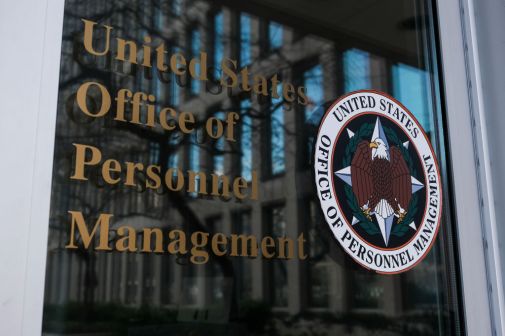As the United States Postal Service looks for new ways to save money, one of the options it is considering is making changes to employee retirement benefits to bring them inline with new, emerging private sector standards. But there’s a slight catch: federal law and union rules prevent USPS from making such changes on its own.
The USPS inspector general this month issued two white papers that examined the retirement and benefits provisions of six private sector companies and two government sector programs. And while the studies found many similarities between the government and private sector, there are key differences that may stand in the way of immediate changes for USPS employees.
For example, federal law requires that postal service employees be covered by one of two retirement plans sponsored by the government and intended for use across other federal agencies. The plans, administered by the Office of Personnel Management, are the only two USPS options by law. The postal service does not have the ability to change benefit plans for their employees, like a private sector company would.
The Federal Employees Retirement System, which nearly 90 percent of USPS employees use, requires employees hired after January 1, 2013 to contribute 3.1 percent of their salary as FERS retirement contributions due to The Middle Class Tax Relief and Job Creation Act of 2012. The Bipartisan Budget Act of 2013 required employees hired after January 1, 2014 to increase that contribution to 4.4 percent.
Benefits and retirement expenses
Retirement expenses made up 12.3 percent of USPS’ total benefits and compensation expenses for fiscal years 2012 and 2013. But private companies pay only 3.7 percent of their total benefits and compensation expenses for retirement and savings benefits, according to “Postal Service Retirement Benefits Benchmarking,” published May 1. The report also said for state and local governments, those retirement and benefits costs on average around 9.4 percent.
The report suggested that many organizations in the private sector are transitioning toward a 401(k) plan and matching a percentage of an employee’s contributions. Other companies have created “hybrid plans” for instances where an organization cannot fully transition to a 401(k) plan.
“Hybrid plans offer both a pension and 401(k) plan,” the report said. “The Dutch government also established a defined-ambition program which keeps the idea of an employer promise, but loosens the bonds of that promise.”
The report said companies who made the transition to a 401(k) plan, or a hybrid plan, reported savings from $1 billion to $5 billion over time.
Leave benefits
According to the IG’s white paper, “Leave Benefits and Paid Holidays Benchmarking,” the postal service shelled out more than $5 billion in fiscal year 2013 for employees taking paid leave.
“The Postal Service’s leave benefits have generally remained unchanged for decades,” the report said. “They offer a set number of days employees can use for reasons specific to that benefit.”
The system requires employees to classify the type of leave they are using, which, according to the report, increases the administrative requirements of the independent agency. In the private sector, however, leave benefits have changed — in most cases, according to the report, employees do not classify their time off. These paid-time-off plans require employees to account for their allotted days.
Similar to the retirement benefits report, the study examined six private sector companies and two government agencies. According to the report, four of the six private sector companies consolidated their leave into fewer categories. Two of the four reported that they decreased the overall number of days an employee can take paid leave.
The report also said unlike the postal service’s current plan, private sector companies are more restrictive with how an employee can carry over paid-time-off from one year to the next. Even while considering reducing carryover, the postal service will still take short-term disability leave into account.
“If the Postal Service did significantly reduce sick-leave carryover, though, the availability of leave for short-term situations, such as maternity, would be affected,” the report said. “Therefore, the need for a short-term disability program would be a critical consideration in any plan to change the leave carryover benefit.”
The organizations studied by USPS, the report said, operate with a combined leave benefits program that has fewer categories and days of leave. The program also places restrictions on carrying over leave time. The report said these organizations did reduce costs, but it was not clear how much.
The report also said even though modifications to the leave benefits program could reduce costs, many obstacles stand in the way of the independent agency, should it attempt to change something.
“Challenges include legal requirements, union negotiations, information technology upgrades to support changes and assessments of how benefit changes impact employees,” the report said. “Understanding and addressing these challenges would be critical to successfully implement any modifications to the Postal Service’s current leave benefits program.”
In a May 26 blog post, the IG’s office sought public response to the findings of the two reports.
USPS closed fiscal year 2013 with a $5 billion loss, and reported a $334 million loss in the first quarter of FY 2014, followed by a loss of $1.9 billion at the close of the second quarter, according to a May 9 news release from the postal service.
The release called on Congress to pass comprehensive postal reform, due to an impending $5.7 billion payment to the U.S. Treasury for retiree health benefit pre-funding, which is due by the the end of the third quarter.






